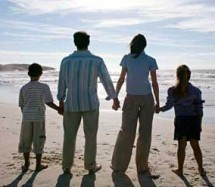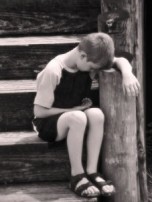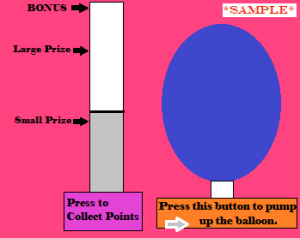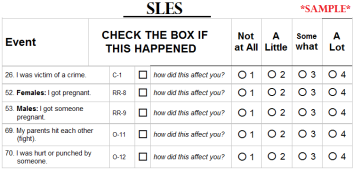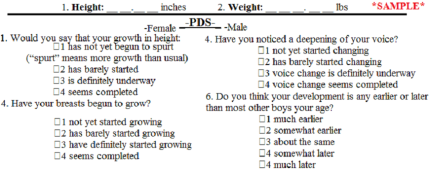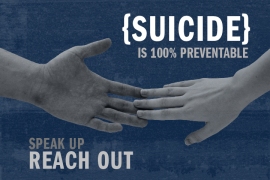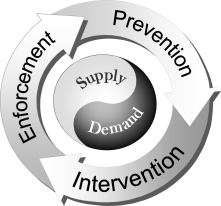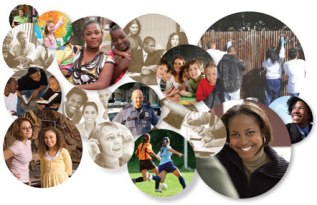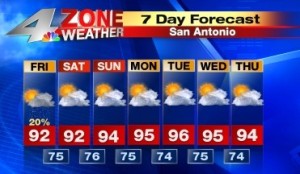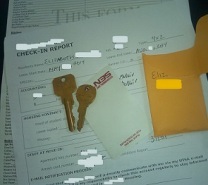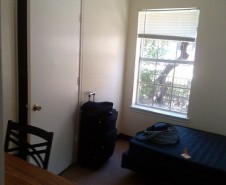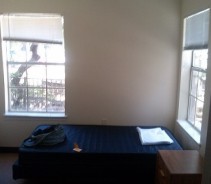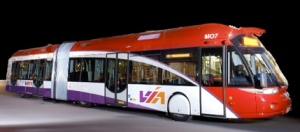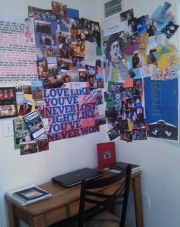At the NRLC I am working on a longitudinal research study of childhood Substance Use Involvement (SUI). To address multiple aims, this study uses several areas of focus, including: Impulse Control Prior to Substance Use, Adolescent Development of Impulse Control, and Influences on Impulse Control Development.
SUI enrolled boys and girls, between ages 10-12 years old, who had not previously initiated in drug use. There was a sample of children without family substance use history, Family History Negative (FH-), matched demographically to a sample with family substance use history, Family History Positive (FH+). The children and an accompanying parent/guardian are assessed every 6 months for impulse control, substance use, psychiatric status, family and environmental stress, and physical development. Monday through Saturday, 1-6 participants (parent and child) are scheduled each day to come in for their 6-month interval assessments. This is where I come in: my first day here I began training to administer forms and tests that measure changes in development.
SUI uses computerized behavioral tasks that are designed to measure impulse control, along with, a few written questionnaires offering a series of alternating (A. vs. B.) choices to monitor impulse control and sensation seeking changes. Some of these tasks are enjoyed more so than others by the adolescents.
One of the least favorites is the GoStop Impulsivity Paradigm (GoStop). This task displays a series of 5-digit numbers printed in black color for 500ms, and a new one comes up every 1,500 ms. When the numbers flashing one after another are matching, the adolescent is asked to click the mouse to signal they have acknowledged the repeated number, as opposed to withholding clicking when the subsequent numbers are off even by one single digit. However, note the task becomes rather tricky as some of the numbers, will suddenly turn from black to red font. When a number switches to red the adolescent is supposed to abstain from clicking, reflecting measureable inhibition. Inhibition is measured through their total overall responses and response-times. Some children find this task difficult and do not enjoy it. In my opinion focusing on the quickly-changing visual stimuli is rather irritating.
A more popular task is the Balloon Analogue Risk Task for Youth (BART-Y) where adolescents are presented with an image of a balloon which they can mouse-click to inflate; the goal is to obtain the most possible points. Each balloon’s points are summed as it inflates; the larger the balloon, the more points it is worth. The adolescent must click ‘Save Points’ to collect the current balloon’s sum. A meter on the side of the screen records the level of points ranging from ‘0’, to ‘small prize’, to ‘large prize’. The trick here is that each balloon can pop at any given amount of clicks. Thus the number of click is a measure of willingness to take risks. One balloon may not pop until 40 clicks, but the next may pop at only 3 clicks. For each session, only 30 balloons will be given. Adolescents seem to regard this task as a game, therefore it is well-liked.
Psychiatric status, substance use, and family and environmental stress are evaluated at each visit using a combination of self-report survey and interview methods. The children and their parent/guardian fill out questionnaires regarding such things as academic status, sport/club/organization involvement, and chore performance. They also complete forms by agreeing of disagreeing with statements that may or may not be true about themselves, their families, and their relationships with their parent/guardian. Additionally the Timeline Follow-back Procedure (TFLB) is used for recording substance use and the Stressful Life Events Schedule (SLES) is used to assess family conflict, child abuse/neglect, housing threats, financial difficulties, peer conflicts, health problems, academic issues, and/or delinquent behaviors. To test for recent substance use, the adolescent completes a urinalysis (and for females a pregnancy test) at each visit.
Lastly, the adolescents’ physical development is recorded using the Pubertal Developmental Scale, a self-report questionnaire developed to measure changes in perception of current pubertal staging. Research assistants administer the Pediatric Health Update, where they record the adolescents’ height and weight. Menarche and menstruation cycle records are included for female adolescents.
SUI is a holistic study, inclusive of the multidisciplinary NRLC faculty and their alternating approaches to study substance use through these different tests and measurements. Each method of testing and interviewing participants accounts for a particular perspective of psychology and research. Through continuously collecting, recording, and analyzing the results of these comprehensive data sets we are able to locate statistically significant relationships between family drug histories, adolescent developmental stages, initiation of substance use, and associated varying risk factors. The identification of significant relationships allows for an objective understanding of how an individual’s unique personal characteristics contribute to or inhibit the promotion of Substance Use Disorders (SUDs). The scientific community expanding knowledge about SUD development benefits the population with an opportunity to reduce frequent co-occurrences of psychiatric disorders, disease, accidental overdose, and suicidal behaviors.

